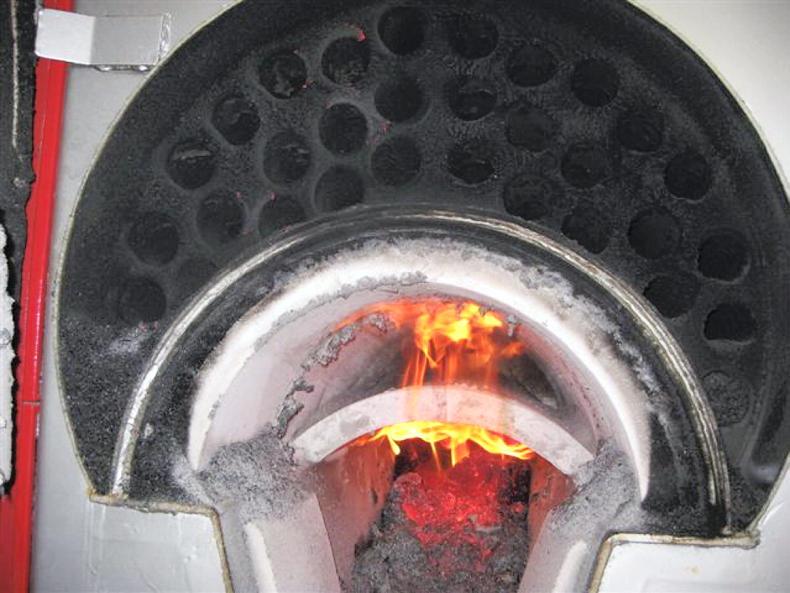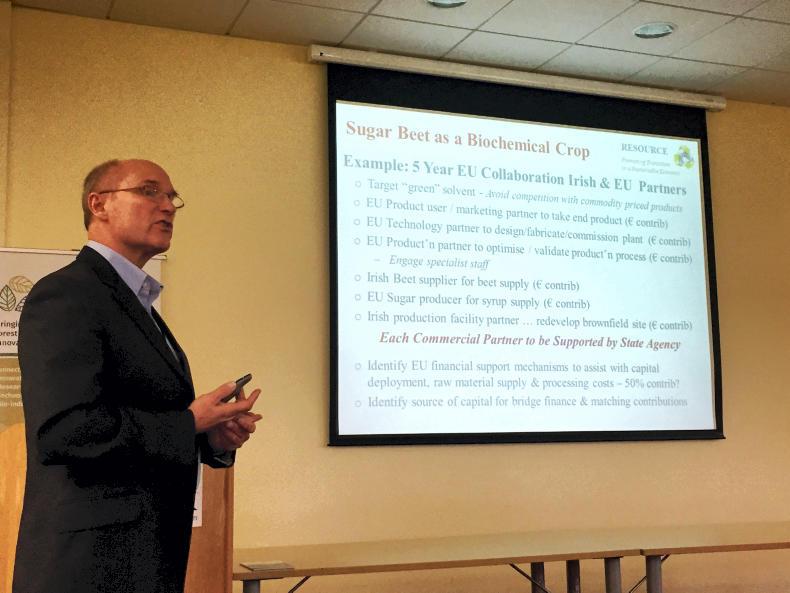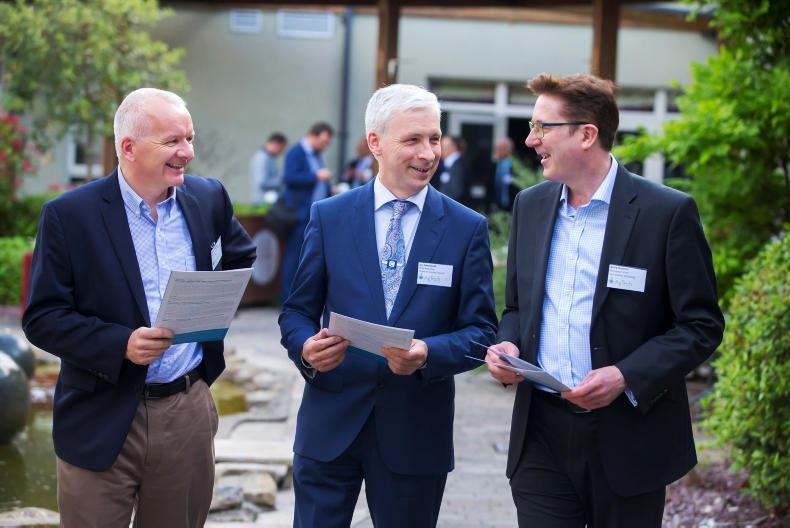The public consultation on the proposed renewable heat incentive (RHI) scheme closes this Friday and Minister for Communication, Climate Action and Environment Denis Naughten has pledged to establish the scheme by year-end.
A well-designed RHI offers promise for Ireland’s biomass sector, but there has been little progress since it was first announced in 2014.
Clock is ticking
Meanwhile, the clock is ticking: under EU rules, Ireland must produce 12% of its heat from renewable sources. The Sustainable Energy Authority of Ireland (SEAI) estimates that current policy will fall short of this target by one to five points, which equates to hundreds of millions of euros in fines.
The consultation documents show that a number of points are already decided: the RHI will take the form of an Exchequer-funded subsidy per unit of heat produced, within a defined budget tailored to meet the EU target and avoid the overruns that rocked the Northern Ireland executive.
Checks will ensure that the sources used are effective at saving energy and replacing fossil fuels.
Beyond this, the details of the scheme remain open for discussion, including the level of subsidy – industry sources hope for 20c to 22c/kWh – and its scaling across various sizes of operations, as well as the types of technologies to be supported.
Farmers would hope that those using biomass, either through direct combustion in a boiler or fermentation to produce gas in an anaerobic digester, will be included.
Allowing boiler sizes of 200 to 250kWh into the scheme would make it accessible to on-farm operations.
To add a layer of complexity, the RHI will work in parallel with proposed incentives to produce renewable electricity. The most efficient way of generating energy from biomass is to produce heat and electricity at the same time.
This was recognised in previous schemes, such as the renewable energy feed-in tariff (REFIT 3) – closed for the past year – which paid higher rates to electricity producers who utilised the heat from their generators. Ireland is now moving towards separate incentive schemes for each aspect.
Challenges ahead
Teagasc energy and rural development specialist Barry Caslin acknowledged that accessing those incentives would be a challenge for farmers planning their own small units. “Some farms dry grain or wood chip, but that’s a seasonal activity,” he said at a recent meeting of the AgriForValor bioeconomy project.
Meanwhile, one of the IFA’s main concerns is to ensure that the scheme does not encourage imports of fuels grown overseas.
“We would certainly hope, above all else, that the RHI will support the use of indigenous biomass,” IFA renewables project chair James Murphy told the Irish Farmers Journal, pleading for “positive discrimination” for Irish growers of forestry and energy crops.
Listen to an interview with James Murphy in our podcast below:
Listen to "Where to for farmers on renewables?" on Spreaker.
Read more
Power and heat from slurry and whey powering Tipperary dairy farm
Watch: Teagasc unveils new digester at biogas workshop
Bioenergy conference stresses the urgency of a renewable energy incentive
Full coverage: renewable energy
The public consultation on the proposed renewable heat incentive (RHI) scheme closes this Friday and Minister for Communication, Climate Action and Environment Denis Naughten has pledged to establish the scheme by year-end.
A well-designed RHI offers promise for Ireland’s biomass sector, but there has been little progress since it was first announced in 2014.
Clock is ticking
Meanwhile, the clock is ticking: under EU rules, Ireland must produce 12% of its heat from renewable sources. The Sustainable Energy Authority of Ireland (SEAI) estimates that current policy will fall short of this target by one to five points, which equates to hundreds of millions of euros in fines.
The consultation documents show that a number of points are already decided: the RHI will take the form of an Exchequer-funded subsidy per unit of heat produced, within a defined budget tailored to meet the EU target and avoid the overruns that rocked the Northern Ireland executive.
Checks will ensure that the sources used are effective at saving energy and replacing fossil fuels.
Beyond this, the details of the scheme remain open for discussion, including the level of subsidy – industry sources hope for 20c to 22c/kWh – and its scaling across various sizes of operations, as well as the types of technologies to be supported.
Farmers would hope that those using biomass, either through direct combustion in a boiler or fermentation to produce gas in an anaerobic digester, will be included.
Allowing boiler sizes of 200 to 250kWh into the scheme would make it accessible to on-farm operations.
To add a layer of complexity, the RHI will work in parallel with proposed incentives to produce renewable electricity. The most efficient way of generating energy from biomass is to produce heat and electricity at the same time.
This was recognised in previous schemes, such as the renewable energy feed-in tariff (REFIT 3) – closed for the past year – which paid higher rates to electricity producers who utilised the heat from their generators. Ireland is now moving towards separate incentive schemes for each aspect.
Challenges ahead
Teagasc energy and rural development specialist Barry Caslin acknowledged that accessing those incentives would be a challenge for farmers planning their own small units. “Some farms dry grain or wood chip, but that’s a seasonal activity,” he said at a recent meeting of the AgriForValor bioeconomy project.
Meanwhile, one of the IFA’s main concerns is to ensure that the scheme does not encourage imports of fuels grown overseas.
“We would certainly hope, above all else, that the RHI will support the use of indigenous biomass,” IFA renewables project chair James Murphy told the Irish Farmers Journal, pleading for “positive discrimination” for Irish growers of forestry and energy crops.
Listen to an interview with James Murphy in our podcast below:
Listen to "Where to for farmers on renewables?" on Spreaker.
Read more
Power and heat from slurry and whey powering Tipperary dairy farm
Watch: Teagasc unveils new digester at biogas workshop
Bioenergy conference stresses the urgency of a renewable energy incentive
Full coverage: renewable energy










SHARING OPTIONS